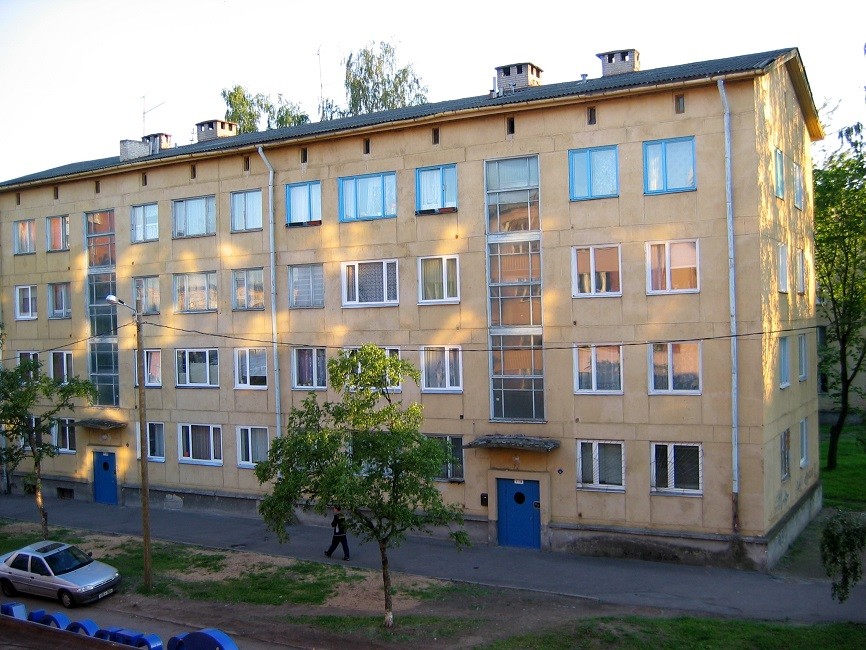According to Estonia’s official statistics agency, 22.6% of the Estonian population lived at risk of poverty in 2017; the number increased compared with the previous year.
According to Statistics Estonia, 295,000 Estonian residents lived at risk of poverty last year – a 1.6 percentage points increase compared with 2016. In 2017, a person was at risk of poverty if their monthly disposable income was less than €523 (€469 in 2016) and in absolute poverty if the monthly disposable income was smaller than €207 (€200 in 2016).
In 2017, 3.4% of the Estonian population – 44,000 people – were living in absolute poverty, which is 0.2 percentage points more than in 2016.
State benefits and pensions helped prevent falling into poverty – had they not been included in income, 38.5% of the population would have been at risk of poverty (39.2% a year before) and 22.8% in absolute poverty (24.6% a year before).
Compared with 2016, the at-risk-of-poverty rate has decreased both among children and among young people but has increased among older people. In 2017, 47.5% of persons aged 65 and over were living at risk of poverty (41.2% in 2016). Among children under 18, the at-risk-of-poverty rate was 15.9%, 0.6 percentage points lower than in the previous year. The absolute poverty rate of children fell as well – from 3.5% in 2016 to 3.2% in 2017.
I
Cover: Not everyone can afford a fancy living in Estonia. A Soviet-era apartment building in Tallinn (the image is illustrative/courtesy of Ralf Roletschek/Wikimedia Commons).

